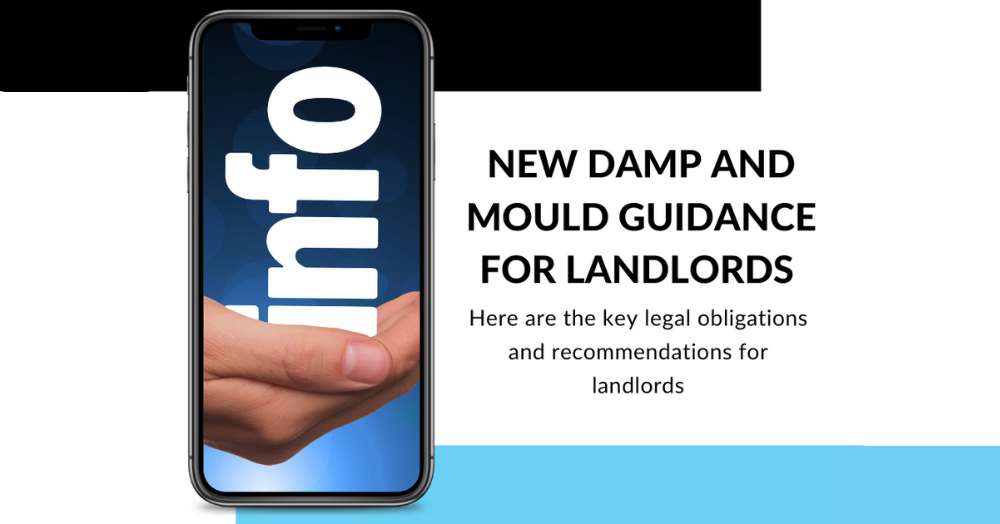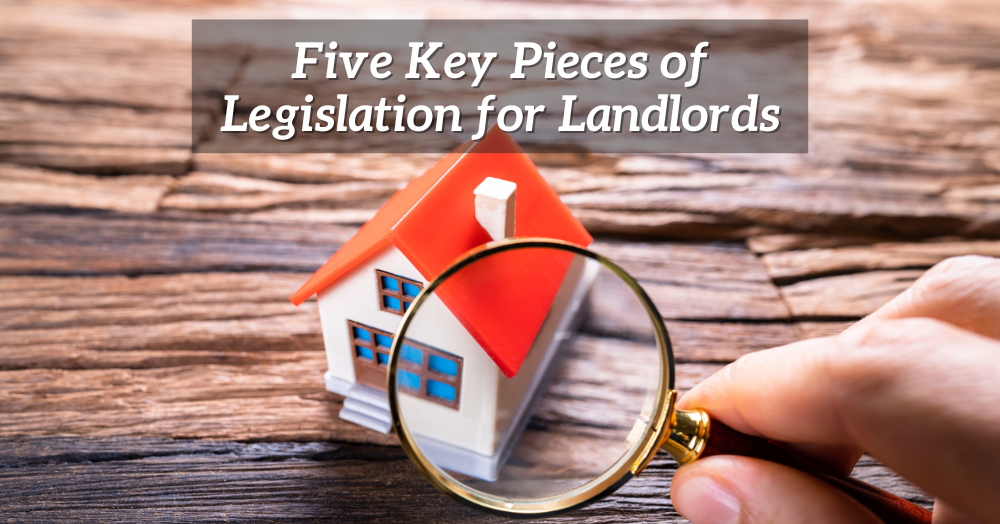The government recently published guidance for both private and social landlords, ushering in a dramatic shift in the way that mould is approached in rental houses by prohibiting the practice of blaming tenants' damp and mould problems on their "lifestyle choices".
Are you wondering what this means for you and your tenants? Here are the key legal obligations and recommendations for landlords:
Legal Obligations
Freedom from "Category 1" Hazards
The Housing Act 2004 mandates that properties, assessed through the Housing Health and Safety Rating System (HHSRS), must be free from Category 1 hazards, including damp and mould.
Health Impact
Damp and mould, if detrimental to a tenant's health, can qualify as a "statutory nuisance" under the Environmental Protection Act 1990, permitting local councils to take legal action against landlords.
Fitness for Human Habitation
The Homes (Fitness for Human Habitation) Act 2018 necessitates that properties remain free from severe damp and mould that could endanger tenants’ health. While no specific timeframe is set for remedial work, landlords are urged to promptly address these issues.
Decent Homes Standard
Social housing and, soon, private rented homes must conform to the Decent Homes Standard, which demands freedom from Category 1 hazards and ensures reasonable states of repair and thermal comfort.
Energy Efficiency
Although not directly addressing damp and mould, increasing energy efficiency in your property can mitigate condensation risks. Landlords must ensure their properties meet Minimum Energy Efficiency Standards, currently set at EPC rating E.
Responding to Reports of Damp and Mould:
- You must act promptly when tenants report issues.
- Address underlying problems, especially those that can affect the health of your tenants.
- Keep tenants informed of repair plans and timelines.
- Document and photograph issues.
- Engage qualified professionals if necessary for mould removal.
- Identify and rectify the root cause.
- Conduct follow-up inspections to prevent it from reoccurring.
Preventing Damp and Mould:
- Keep records of any reports of damp and mould in your property.
- Regularly inspect your property to identify any potential risks.
- Provide support to tenants concerning energy efficiency if it contributes to damp problems.
- Collaborate with health professionals to assess tenant health risks.
- Ensure your letting agent comprehends the importance of addressing damp and mould.
- Encourage tenants to promptly report concerns related to damp and mould.
Common Causes of Damp and Mould:
- Inadequate ventilation or permanently closed windows.
- Insufficient insulation.
- Ineffective heating systems.
- Poor property maintenance.
- Overcrowding.
- Absence of damp proof courses.
Importantly, attributing damp and mould issues solely to tenants' "lifestyle choices" is deemed unjust. Instead, landlords should work cooperatively with tenants to implement reasonable adjustments for effective issue resolution.
If you would like to know how we support our landlords to rectify damp and mould problems in their properties in Preston, Leyland and Chorley please give us a call on 01772 284606 or send an email to office@prlettings.com.


 By
By 



Share this with
Email
Facebook
Messenger
Twitter
Pinterest
LinkedIn
Copy this link